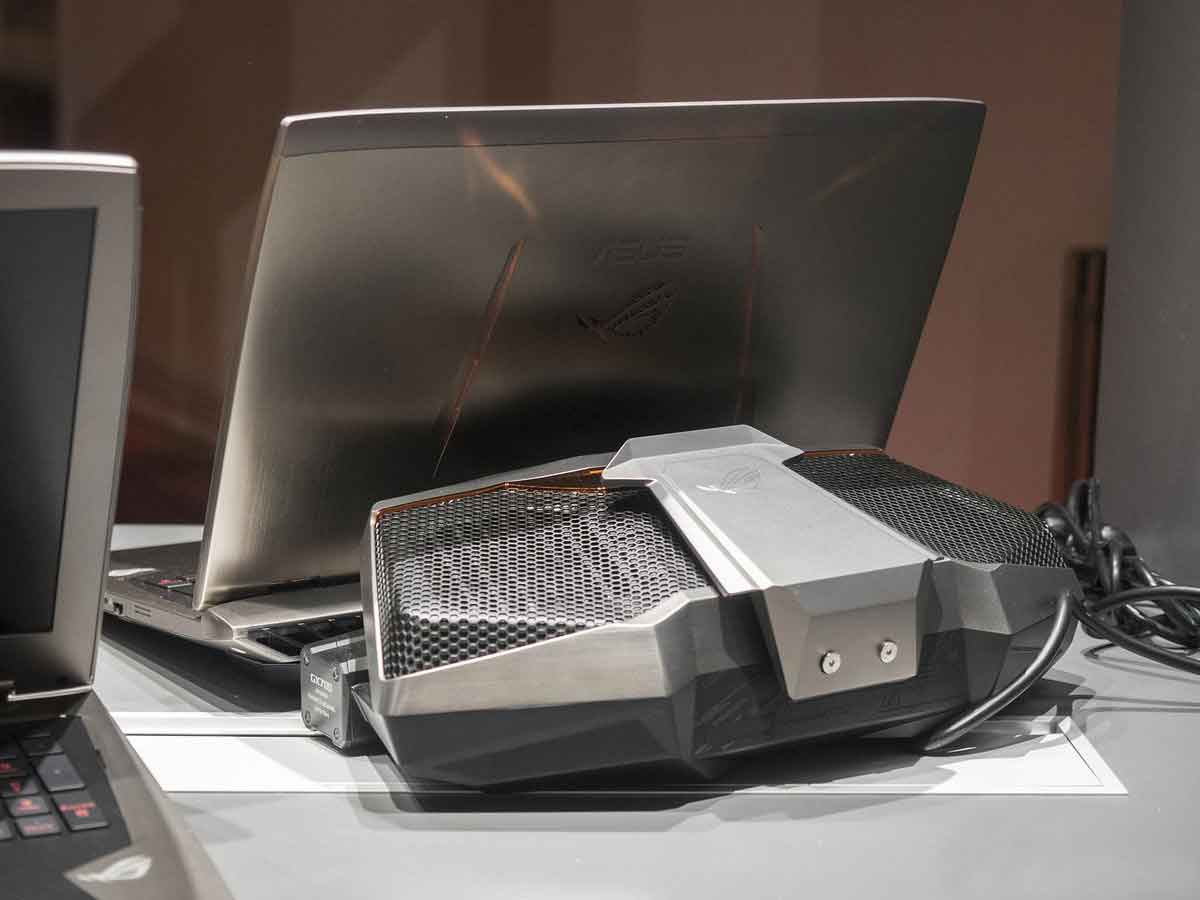Desktop version of nVidia GTX 980 coming to Windows 10 laptops
While it’s not exactly a rumor, word of nVidia trying to squeeze the desktop version of its flagship GeForce GTX 980 into laptop PC’s has been taken with a grain of salt, considering the strict guidelines of laptop manufacturers, especially in regard to overclocking.

Asus and MSI are just a few of the manufacturers who were persuaded by nVidia, in introducing, for the first time, a desktop GPU into laptops, which means, no compromises. The GTX version planned for the upcoming laptops will have the same 2,048 CUDA cores, memory bandwidth, 256-bit memory bus, and the same desktop chip, capable of delivering the same blazing performance found on desktop gaming rigs.
This is the first time that laptops and desktops reach parity of performance, especially when it comes to graphic capability. The way nVidia were able to accomplish this massive feat was, for lack of better words, “very carefully”.
nVidia General Manager Kaustubh Sanghani reportedly commented on the process of “binning” microchips, which is could be compared to how diamonds are sorted, and “binned” (literally threw away into a bin). This results in a selection of chips featuring the most suitable performance, and power characteristics.
Once the best chips were selected, a staggering amount of engineering followed, in designing the paths of the wires that run between the GPU and the RAM. This process requires extreme precision, as designing paths that are too close to each other can lead to interference, which can degrade performance.
Needless to say, the room available on a laptop logic board is extremely limited, even on MSI’s monster-sized 17 inch GT72, which is likely one in line for the upgrade. Even better, and in line with its actual desktop counterpart, is the news that the GTX 980 that we’ll find on future laptops, will support GDDR5 RAM.
On this subject, some have asked nVidia, why they wouldn’t use AMD’s HMB memory, which, according to AMD, delivers unparallelled performance compared to regular RAM.
The answer is simple: HMB is still extremely rare, and hard to come by, while GDDR5 is widely available, and allows the upcoming systems to deliver performance high enough to obliterate any competing system on the market.
As previously hinted, the GTX 980 will also feature overclocking capabilities, which is extremely rare to find on laptops. Manufacturing laptop systems require stringent standards to ensure that user action does not void the warranty, and overclocking is a particularly hot topic in this regard.
This is why nVidia went through lengths to ensure that the GTX 980 can be safely overclocked via software, and in some cases, with additional accessories capable of providing dedicated cooling, reportedly tested at 200MHz boost overclock, at least so far, which makes this technology, very overclock-friendly.
While it might appear that way, this is not just an isolated experiment, as up to 7 upcoming laptop models are being planned to receive the upgrade. This means a massive leverage of the entire gaming laptops category.